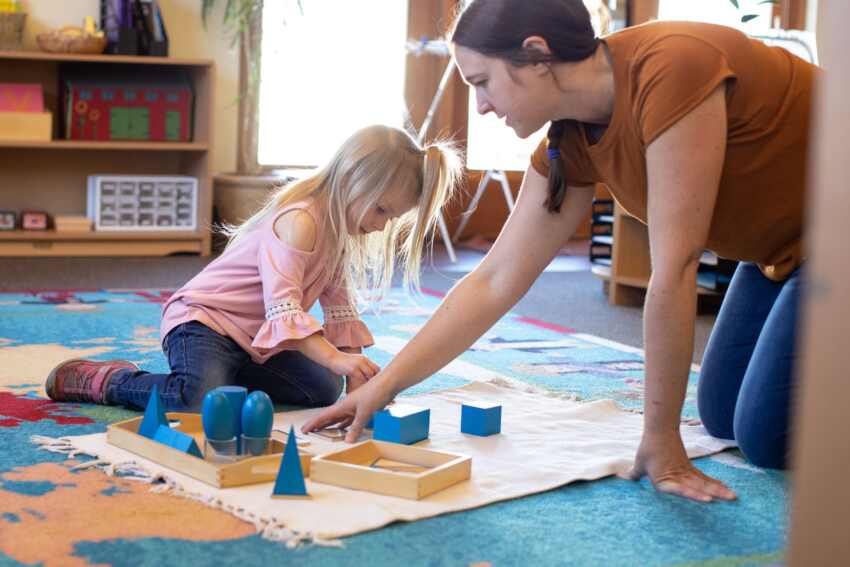Some of the International Montessori materials that make measurement fun and interactive for children
Measurement is an essential skill that children need to learn as they grow and develop. In the Montessori method, there are various materials and activities available to help children understand and explore this concept. These materials not only make the process of learning measurement engaging but also help children develop critical thinking and problem-solving skills. In this article, we will explore some of the Montessori materials that make measurement fun and interactive for children.
1. Introduction to Measurement:
Before diving into complex concepts, it is crucial to introduce children to the basics of measurement. Montessori materials like the Long Red Rods and Pink Tower provide a hands-on experience for children to understand different lengths and dimensions. By arranging the rods and cubes in order from longest to shortest or vice versa, children learn about relative sizes and begin to grasp the concept of measurement.
2. The Ruler:
Once children have a basic understanding of measurement, they can move on to more specific tools like the ruler. Montessori rulers are typically designed with alternating red and blue markings. The red side represents millimeters, while the blue side represents centimeters. Introducing the ruler to children enables them to measure objects and understand the numerical value associated with length.
3. Measuring Objects:
To make the learning experience more enjoyable, Montessori provides materials specifically designed for measuring objects. The Measurement Tray consists of various objects with different dimensions. Children are encouraged to measure these objects using the ruler and record their findings. This activity allows children to apply their knowledge of measurement practically and develops their observation skills.
4. The Fraction Insets:
Understanding fractions is an essential aspect of measurement. The Fraction Insets in Montessori materials help children visually comprehend fractions and their relationship to a whole. Each fraction inset represents a specific fraction, and children can manipulate the insets to understand concepts like halves, thirds, quarters, and beyond. This hands-on approach makes learning fractions more tangible and engaging.
5. Linear Measurement:
Beyond basic length measurements, Montessori materials also introduce children to linear measurement. The Trinomial Cube, for instance, consists of a cube and different-sized prisms that fit together to form the shape. By arranging the prisms, children learn about volume, and by measuring the sides of the prisms, they understand linear measurement. This activity enhances children’s spatial awareness and problem-solving abilities.
6. The Bead Chain:
The Bead Chain is a versatile tool that offers opportunities for both linear and numerical measurement. Consisting of individual chains with beads representing units, tens, hundreds, and thousands, children can explore the concepts of place value and numerical representation. The Bead Chain provides a concrete representation of measurement and helps children visualize the linear and numerical relationship between units.
Montessori materials provide children with a holistic approach to understanding measurement. These materials not only make learning fun and interactive but also develop critical thinking skills and problem-solving abilities. From introducing basic concepts like length and dimension to exploring deeper concepts like fractions and linear measurement, Montessori materials offer a comprehensive learning experience for children. By incorporating these materials into their educational journey, children can navigate the ruler and beyond, and develop a lifelong understanding of measurement.
Nidhin
For More Details Call: +917510220582
